Home>Gardening & Outdoor>Plant Care & Gardening Tips>What Number Should My Seed Spreader Be Set At To Spread Wildflower Seeds
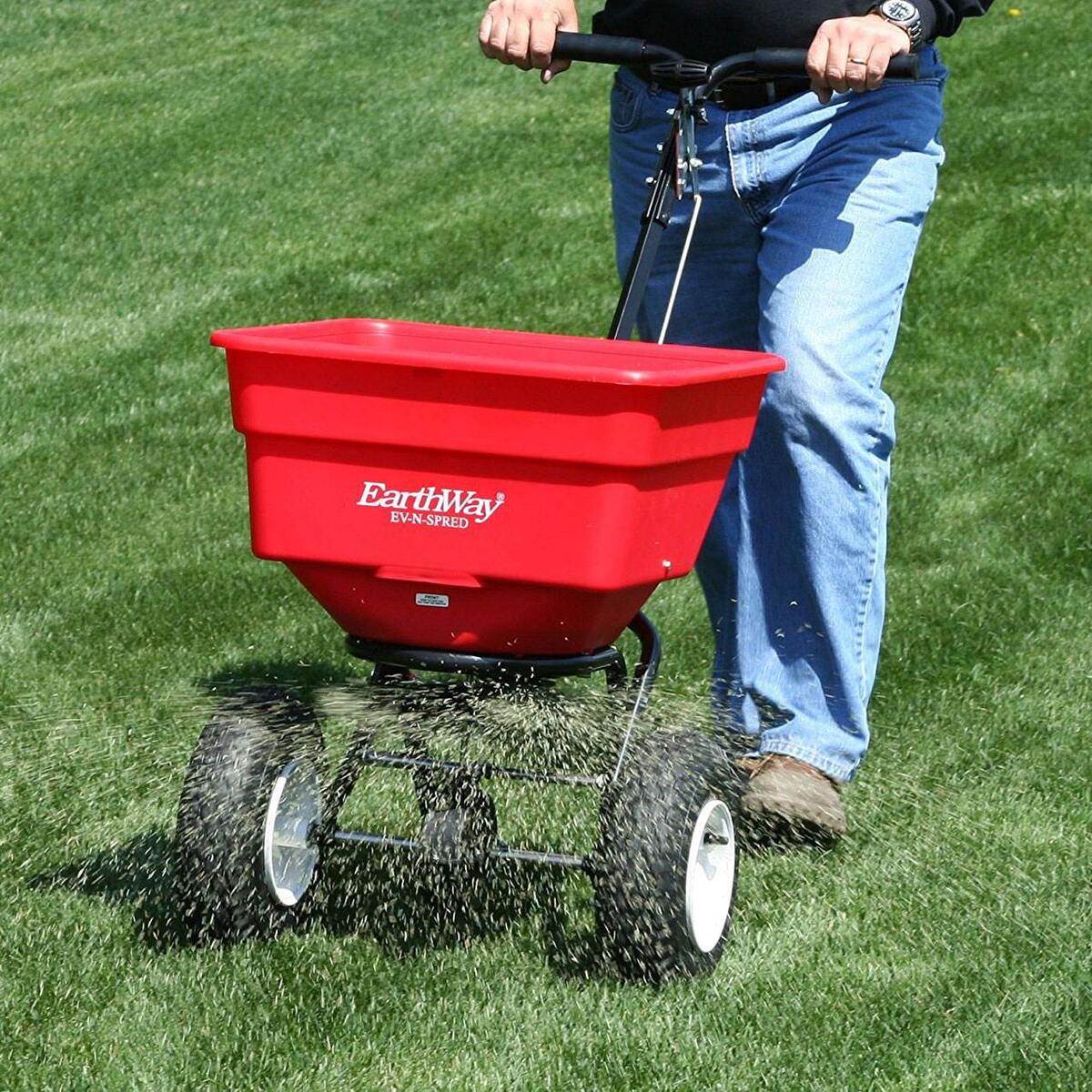

Plant Care & Gardening Tips
What Number Should My Seed Spreader Be Set At To Spread Wildflower Seeds
Modified: January 3, 2024
Discover the ideal seed spreader setting for wildflower seeds with our expert plant care and gardening tips. Ensure successful wildflower growth with the right spreader setting.
(Many of the links in this article redirect to a specific reviewed product. Your purchase of these products through affiliate links helps to generate commission for Storables.com, at no extra cost. Learn more)
**
Introduction
**
When it comes to cultivating a vibrant and flourishing garden, the process often begins with sowing seeds. Wildflowers, in particular, can add a delightful and natural touch to any outdoor space. However, achieving an even and optimal distribution of wildflower seeds can be a challenging task. This is where a seed spreader becomes an invaluable tool for gardeners, as it aids in efficiently dispersing seeds across the desired area. Understanding the intricacies of seed spreaders and the appropriate settings for wildflower seeds is essential for successful and bountiful growth. In this comprehensive guide, we will delve into the nuances of seed spreaders, the factors to consider when spreading wildflower seeds, and the precise settings required for an effective and uniform distribution. By the end of this article, you will be equipped with the knowledge and confidence to utilize a seed spreader to its fullest potential, ensuring that your wildflower seeds are sown with precision and care. Let's embark on this insightful journey to unravel the art of seed spreading for wildflowers.
**
Key Takeaways:
- Calibrating your seed spreader to the right settings is crucial for even distribution of wildflower seeds. Consider factors like seed type, wind conditions, and seedbed preparation for successful sowing.
- Before spreading wildflower seeds, test the spreader on a small area to ensure uniform coverage. Make adjustments as needed to achieve the desired distribution pattern for a flourishing floral display.
Read more: How To Spread Grass Seed Without Spreader
Understanding Seed Spreaders
**
Seed spreaders, also known as broadcast spreaders, are essential tools for efficiently and evenly distributing seeds, fertilizers, and other granular materials across a designated area. These devices come in various types, including handheld spreaders, push spreaders, and tow-behind spreaders, each catering to specific gardening needs.
Handheld spreaders are ideal for small to medium-sized areas and offer precise control over the dispersal of seeds. Push spreaders, on the other hand, are well-suited for larger spaces, as they can cover a wider expanse with relative ease. Tow-behind spreaders are designed to be attached to lawn tractors or ATVs, making them suitable for extensive landscapes and agricultural applications.
Seed spreaders operate on the principle of broadcast seeding, where the seeds are dispersed in a wide pattern as the spreader is moved across the area. The key components of a seed spreader include a hopper to hold the seeds, a spreading mechanism, and a means of propulsion, whether it be manual pushing, hand-cranking, or attachment to a vehicle.
Understanding the type of seed spreader best suited for your gardening project is crucial in achieving optimal results. Additionally, familiarizing yourself with the specific features and functionalities of the seed spreader will enable you to make informed decisions when it comes to spreading wildflower seeds effectively.
Now that we’ve gained insight into the fundamental aspects of seed spreaders, let’s explore the factors that should be taken into consideration when preparing to spread wildflower seeds.
**
Factors to Consider
**
Before embarking on the task of spreading wildflower seeds using a seed spreader, it is essential to take several factors into account to ensure the success of the sowing process. By carefully considering these elements, you can maximize the potential for robust and vibrant wildflower growth.
Seed Type and Size:
The type and size of the wildflower seeds play a crucial role in determining the appropriate settings for the seed spreader. Different wildflower species may have varying seed sizes and shapes, affecting how they flow through the spreader and disperse onto the soil. It is important to select a seed spreader that can accommodate the specific characteristics of the wildflower seeds you intend to sow.
Wind Conditions:
The prevailing wind conditions on the day of seeding can significantly impact the distribution pattern of the seeds. It is advisable to spread seeds on a relatively calm day to minimize the risk of uneven dispersal caused by strong winds. If wind is present, it is essential to adjust the spreader settings accordingly to compensate for any potential drift.
Seedbed Preparation:
Preparing the seedbed by raking the soil to create a smooth and level surface is essential for ensuring uniform seed coverage. Removing debris and large clumps of soil will prevent the spreader from getting clogged and facilitate an even distribution of the wildflower seeds.
Desired Coverage Area:
Determining the size of the area to be seeded is crucial for calibrating the seed spreader. Whether you are sowing wildflowers in a small garden plot or a larger meadow, understanding the coverage area will influence the speed and settings at which the spreader should be operated.
Seed Depth and Soil Contact:
While the seed spreader aids in dispersing the seeds, ensuring proper seed-to-soil contact is essential for germination. After spreading the seeds, gently raking or lightly rolling the soil can help press the seeds into the earth, promoting successful germination and establishment.
Environmental Considerations:
Environmental factors such as temperature, humidity, and precipitation can impact the success of seed germination. Be mindful of the weather forecast and aim to seed during favorable conditions to optimize the chances of successful establishment.
By taking these factors into consideration, you can effectively prepare for the process of spreading wildflower seeds using a seed spreader. Next, we will delve into the precise settings and techniques for calibrating the seed spreader to achieve optimal results.
**
Set your seed spreader to the recommended setting for wildflower seeds, usually around 8-10. Check the seed packaging for specific instructions.
Setting the Seed Spreader
**
Calibrating the seed spreader to the appropriate settings is a critical step in ensuring the accurate and uniform distribution of wildflower seeds. By adjusting the spreader according to the specific characteristics of the seeds and the desired coverage area, you can optimize the sowing process for successful germination and growth.
Seed Rate and Spreader Settings:
Before setting the spreader, it is essential to determine the recommended seeding rate for the wildflower seeds you are using. This information can typically be found on the seed packaging or obtained from the seed supplier. The seeding rate, often expressed in pounds per acre or ounces per square foot, will guide the adjustments needed on the spreader settings.
Spreader Type and Adjustment Mechanism:
Depending on the type of seed spreader you are using, the adjustment mechanism may vary. Handheld spreaders often feature a simple dial or lever that controls the aperture through which the seeds are released. Push and tow-behind spreaders may have more complex settings, including speed and aperture adjustments, to regulate the seed flow and distribution pattern.
Calibration Test:
Conducting a calibration test before spreading the wildflower seeds across the entire area is advisable to ensure the accuracy of the spreader settings. This can be done by measuring a specific quantity of seeds, setting the spreader as per the calculated rate, and dispersing the seeds over a small test area. Adjustments can then be made based on the observed coverage and seed distribution.
Uniformity and Overlap:
Efficient seed spreading relies on achieving uniform coverage without excessive overlap. Adjust the spreader settings to achieve a consistent distribution pattern, taking into account the swath width and the speed at which you are moving. Overlapping passes slightly can help compensate for any potential gaps in coverage.
Environmental Considerations:
Be mindful of the environmental conditions during the calibration process. If the seeds are prone to drifting in the wind, adjustments may be necessary to counteract this effect. Additionally, consider the moisture content of the seeds, as overly damp or clumped seeds may require different settings to flow smoothly through the spreader.
By meticulously setting the seed spreader in accordance with the specific requirements of the wildflower seeds and the intended coverage area, you can lay the groundwork for a successful and efficient sowing process. Once the spreader is calibrated, it is essential to test the spread to confirm the accuracy and uniformity of the seed distribution.
**
Testing the Spread
**
After calibrating the seed spreader to the appropriate settings, it is crucial to conduct a thorough test of the spread to ensure that the wildflower seeds are being distributed uniformly and at the desired rate. Testing the spread allows for adjustments to be made before covering the entire area, ultimately contributing to the success of the sowing process.
Test Area Selection:
Choose a small and representative area within the intended coverage area for the initial test. This area should closely resemble the soil conditions and dimensions of the larger space, allowing for accurate assessment of the seed distribution pattern.
Seed Quantity and Observation:
Measure an appropriate quantity of wildflower seeds based on the calculated seeding rate and load the spreader with the measured amount. As you operate the spreader, observe the dispersal pattern to ensure that the seeds are being released uniformly and at the intended rate. Pay attention to any potential issues such as clumping or uneven flow.
Coverage Assessment:
After spreading the seeds over the test area, visually inspect the coverage to determine if any adjustments are necessary. Look for gaps or areas of excessive seed accumulation, as well as any signs of inconsistent distribution. This assessment will guide the fine-tuning of the spreader settings to achieve optimal coverage.
Adjustment and Re-Testing:
If discrepancies are noted during the initial test, make the necessary adjustments to the spreader settings based on the observed results. This may involve modifying the aperture size, speed of operation, or other relevant parameters. Once the adjustments are made, conduct a subsequent test to evaluate the effectiveness of the changes.
Validation of Uniformity:
Ultimately, the goal of testing the spread is to validate the uniformity of the seed distribution. By ensuring that the wildflower seeds are spread evenly across the test area, you can proceed with confidence, knowing that the spreader settings have been fine-tuned to achieve the desired outcome across the entire coverage area.
By meticulously testing the spread and making necessary adjustments to the seed spreader settings, you can establish a reliable foundation for the successful distribution of wildflower seeds. With the spreader calibrated and validated through testing, you are well-equipped to proceed with spreading the seeds across the designated area, fostering the potential for a flourishing wildflower display.
**
Read more: When Should I Plant Wildflower Seeds
Conclusion
**
As we conclude this comprehensive guide to spreading wildflower seeds using a seed spreader, it is evident that the art of seed spreading encompasses a blend of precision, preparation, and thoughtful calibration. By understanding the nuances of seed spreaders, considering essential factors, and meticulously setting and testing the spreader, gardeners can pave the way for successful wildflower growth and a vibrant floral landscape.
Seed spreaders serve as invaluable allies in the journey of sowing wildflower seeds, offering the means to achieve uniform coverage and optimal distribution. Whether tending to a small garden or a sprawling meadow, the ability to calibrate the spreader to the specific requirements of the seeds and the coverage area is fundamental in nurturing a thriving wildflower display.
Throughout this guide, we have explored the significance of factors such as seed type, wind conditions, and seedbed preparation, highlighting the importance of meticulous preparation and attention to detail. By taking these factors into consideration, gardeners can approach the task of seed spreading with confidence and foresight, setting the stage for successful germination and growth.
Moreover, the process of testing the spread serves as a crucial checkpoint, allowing for adjustments to be made and ensuring that the spreader is operating with precision and uniformity. This iterative approach to calibration and validation is instrumental in achieving the desired outcome when sowing wildflower seeds, ultimately contributing to the creation of a captivating and flourishing floral tapestry.
As you embark on your own wildflower sowing endeavors, may this guide serve as a source of insight and guidance, empowering you to harness the potential of a seed spreader to nurture the beauty of nature. By embracing the art of seed spreading with care and expertise, you can sow the seeds for an enchanting wildflower display that will delight and inspire for seasons to come.
With a blend of knowledge, preparation, and a touch of artistry, the act of spreading wildflower seeds using a seed spreader becomes a harmonious symphony of cultivation and natural beauty, culminating in a tapestry of blossoms that will grace your garden with their vibrant hues and delicate allure.
Frequently Asked Questions about What Number Should My Seed Spreader Be Set At To Spread Wildflower Seeds
Was this page helpful?
At Storables.com, we guarantee accurate and reliable information. Our content, validated by Expert Board Contributors, is crafted following stringent Editorial Policies. We're committed to providing you with well-researched, expert-backed insights for all your informational needs.
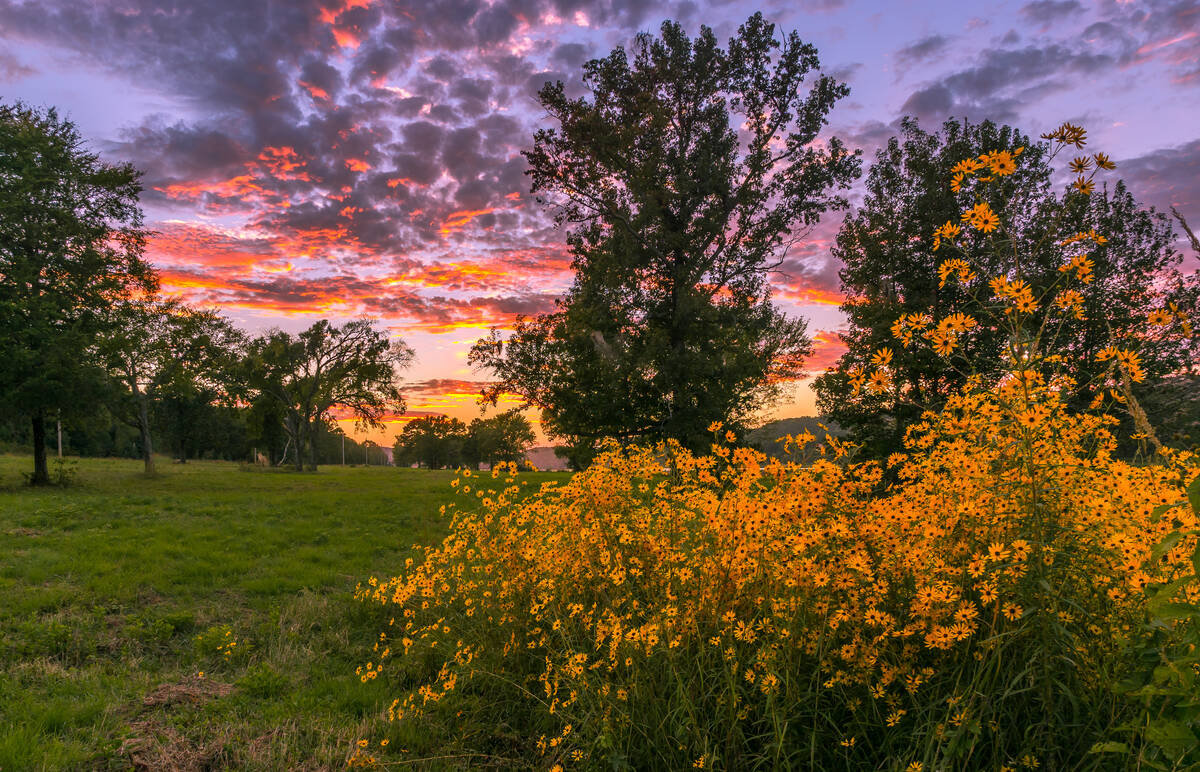
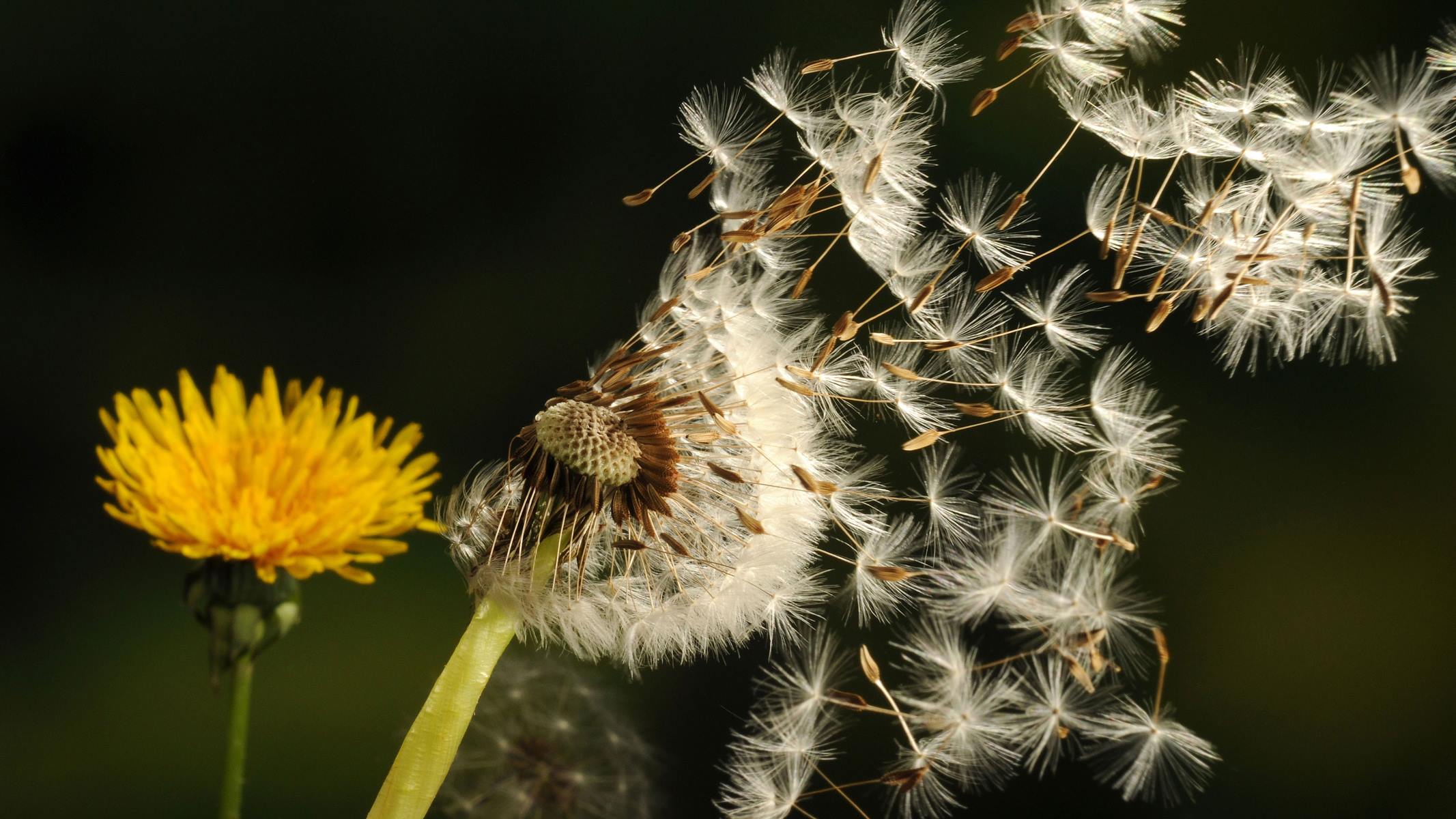
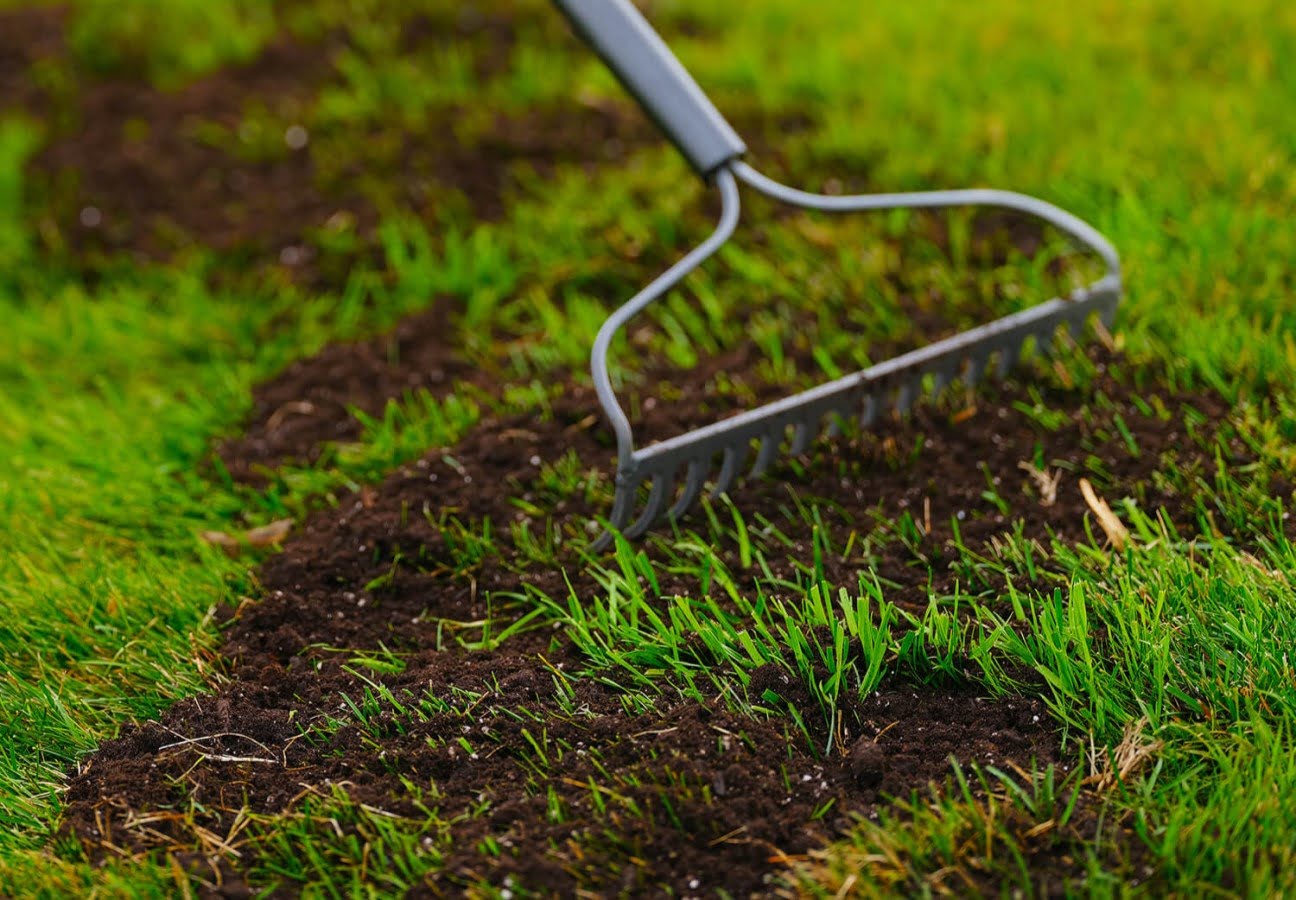
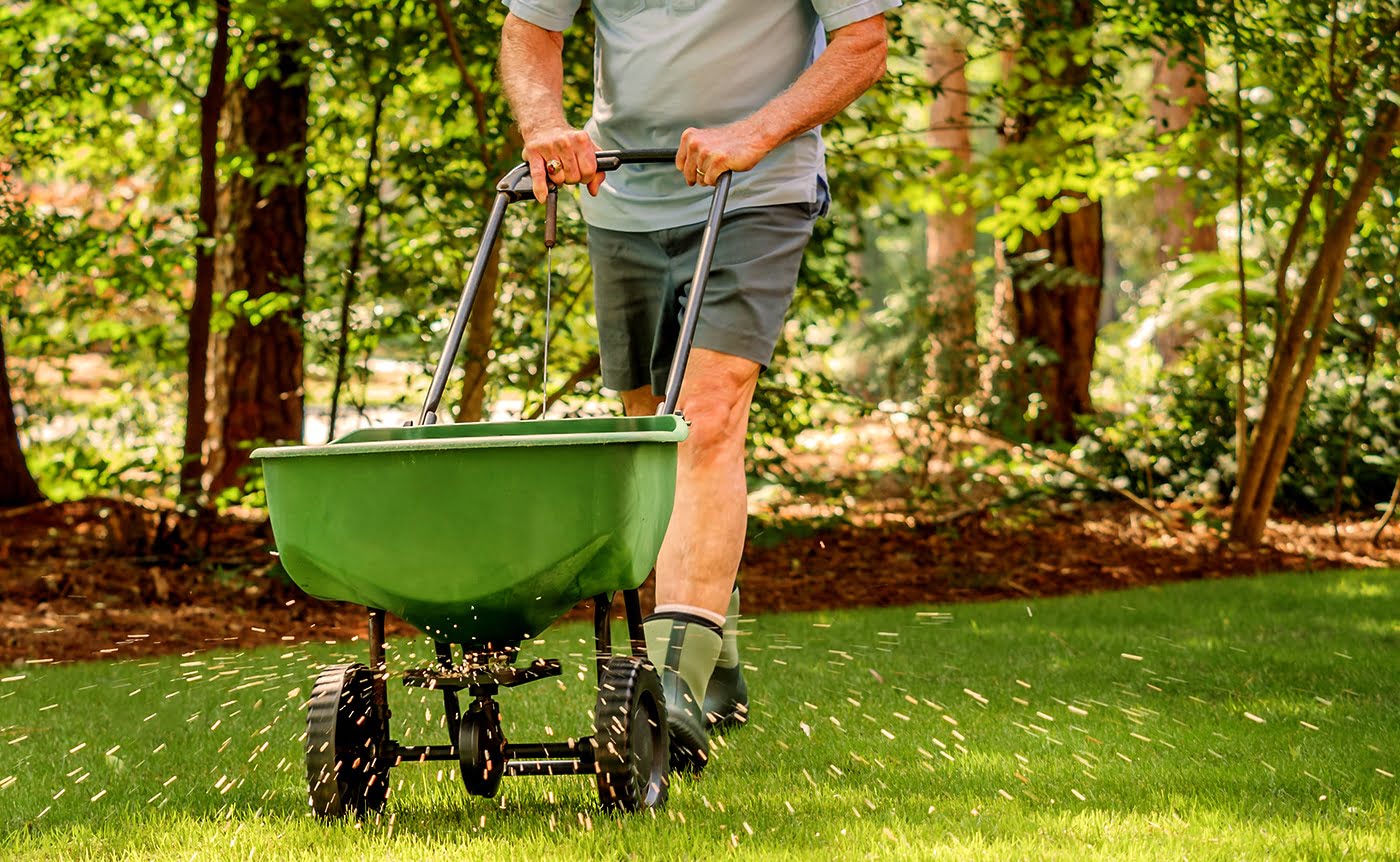
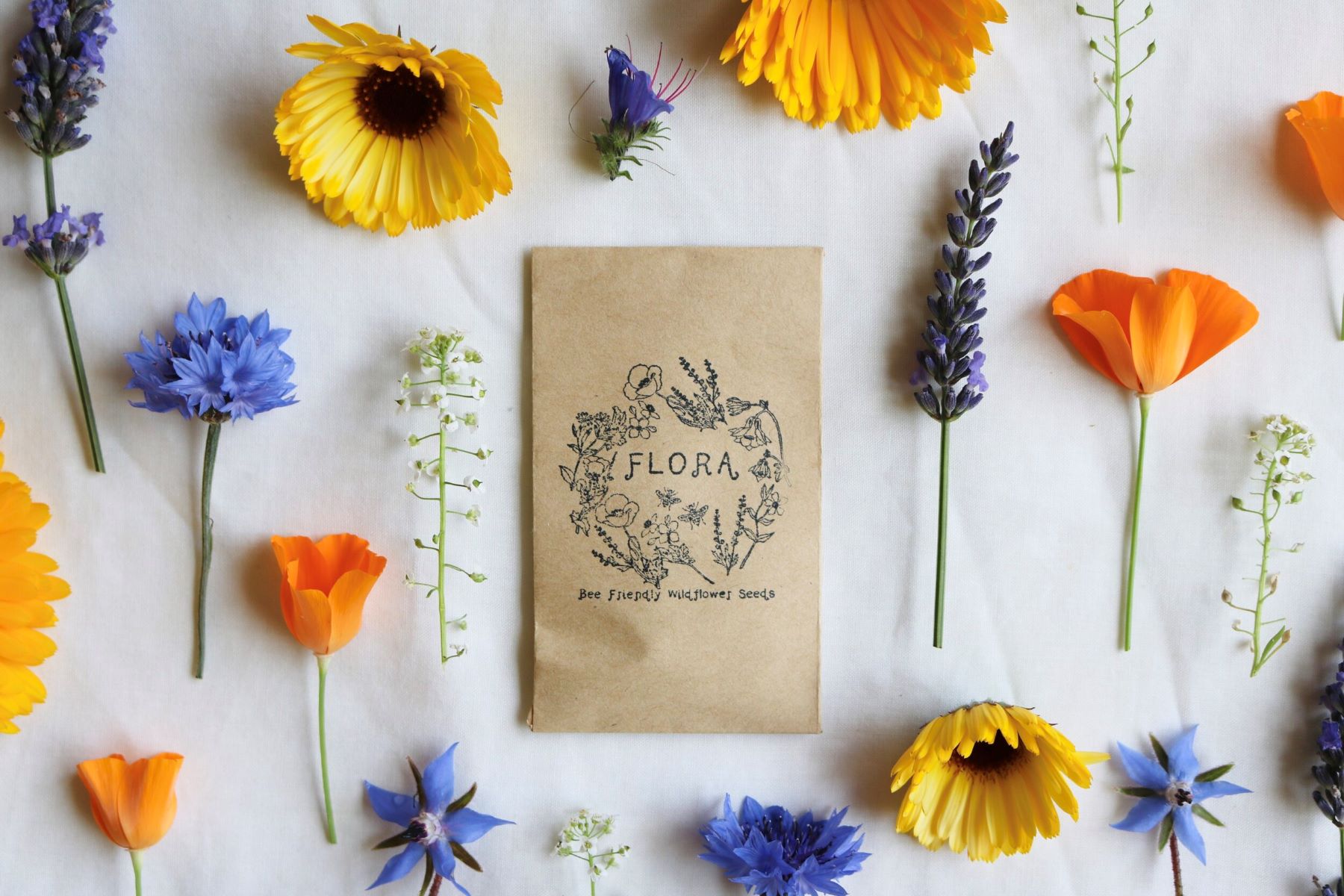
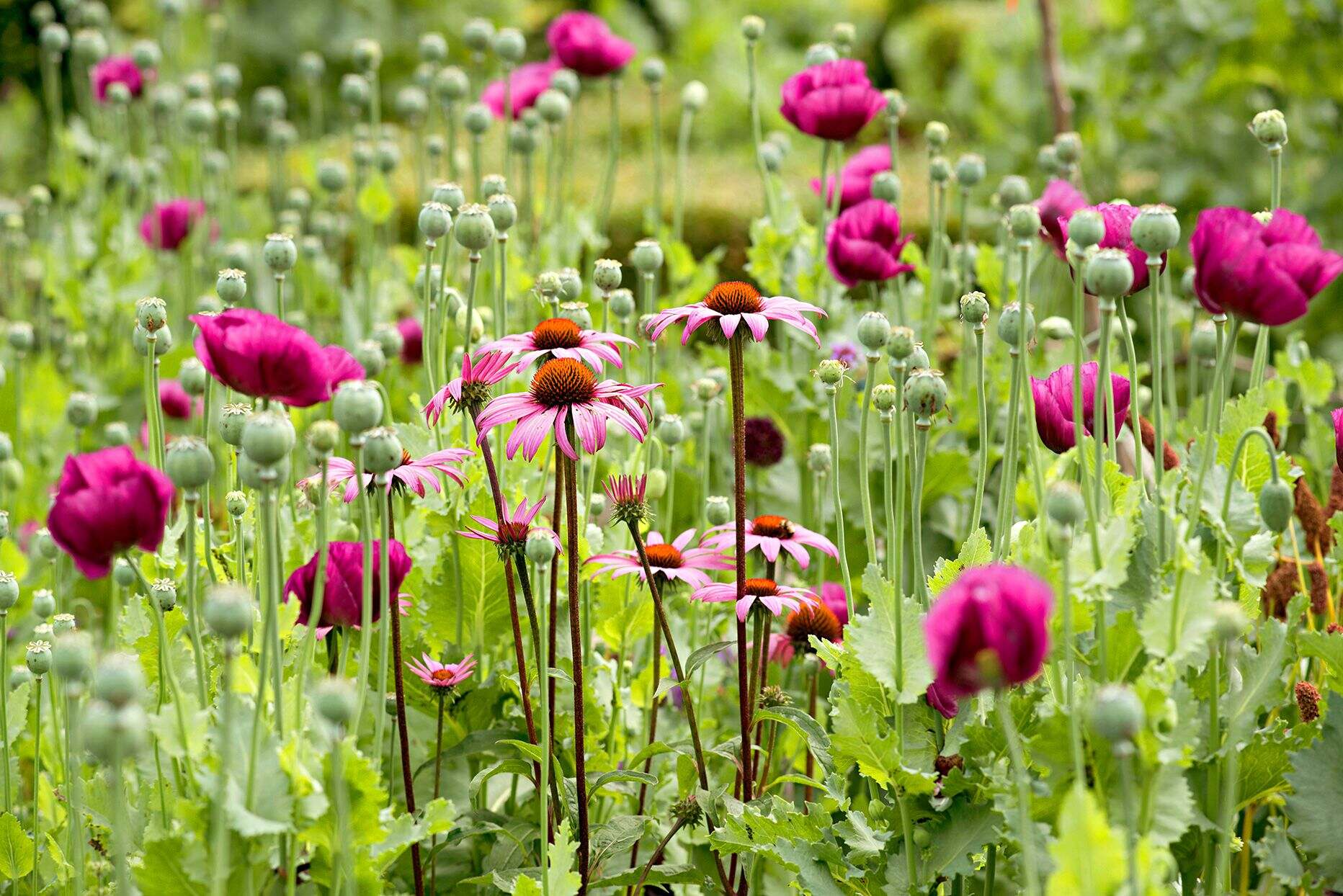
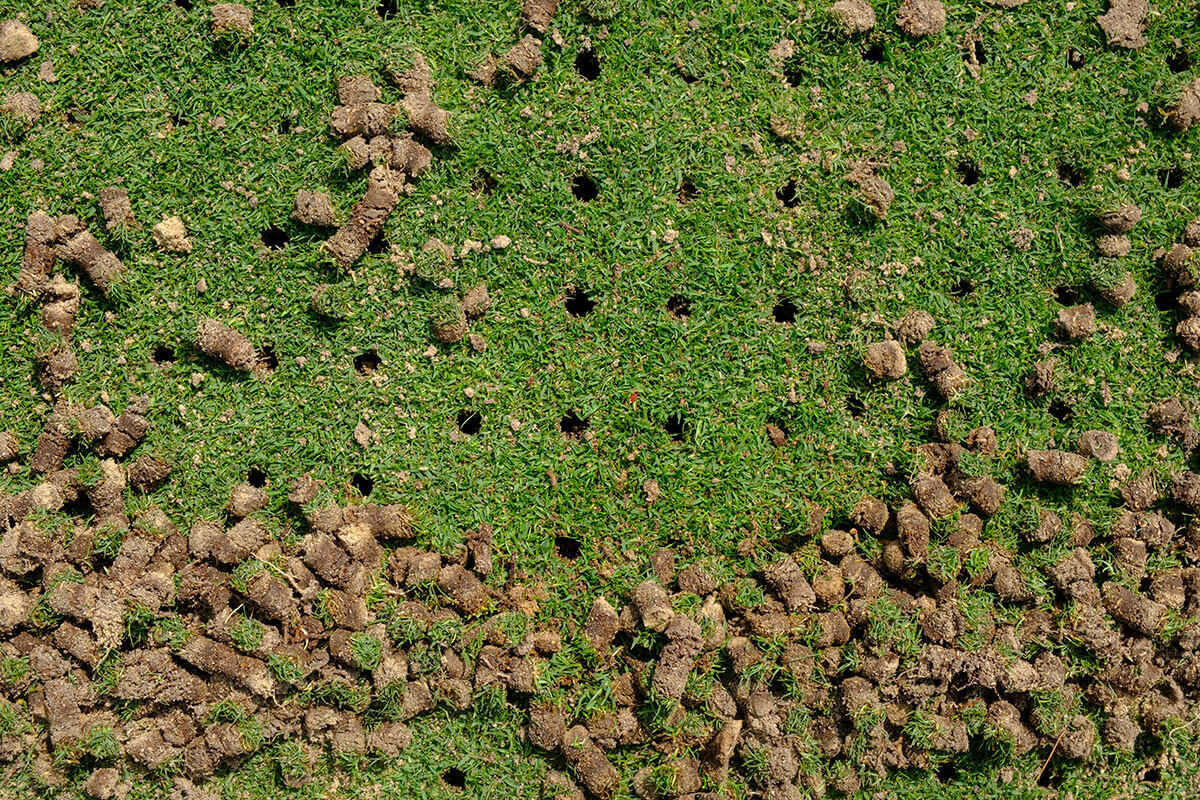
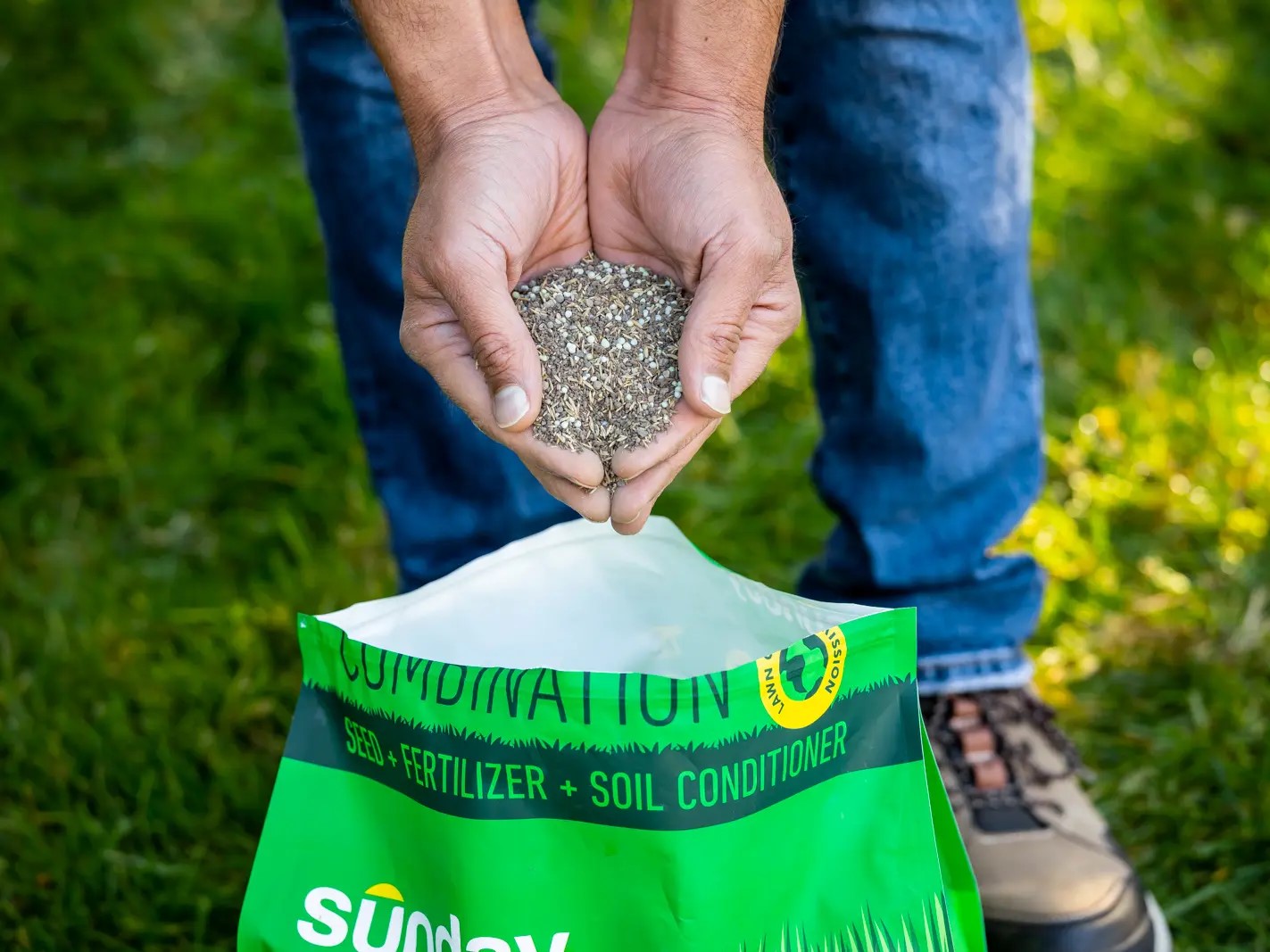
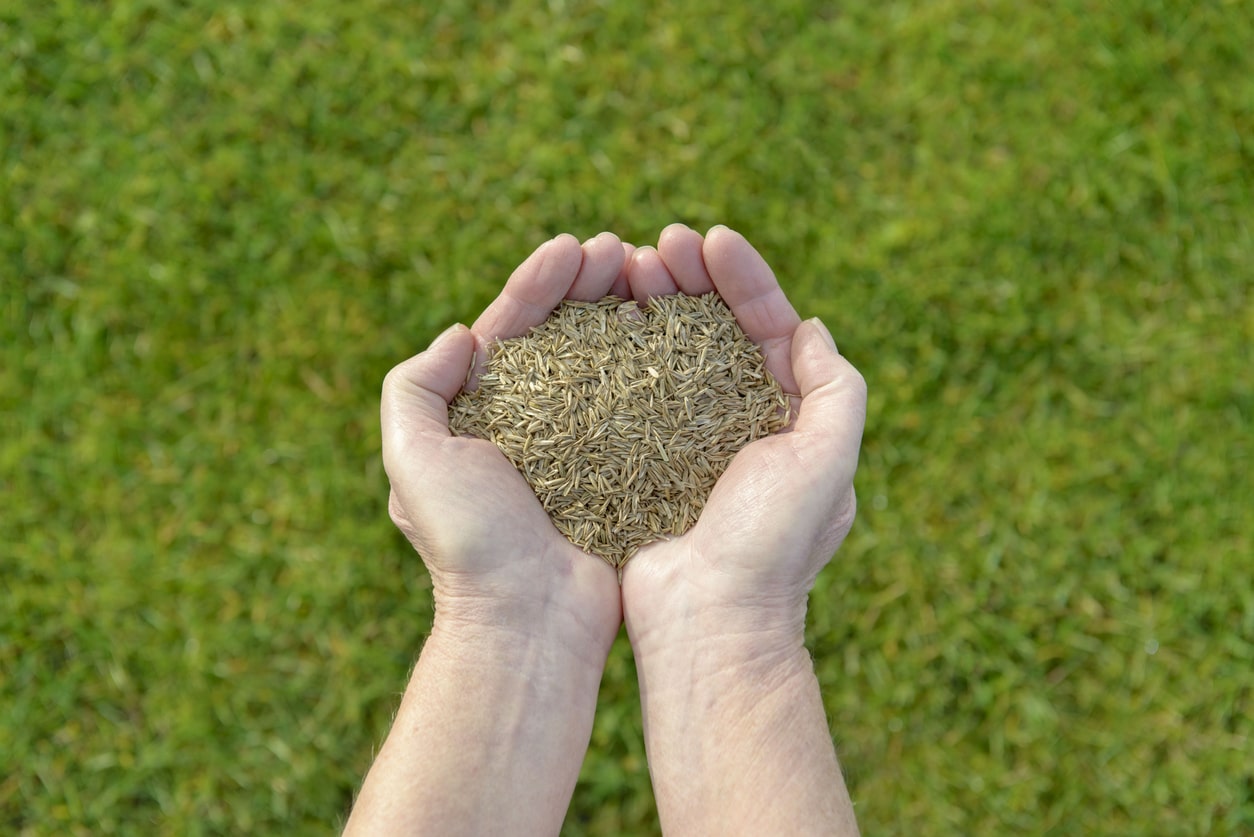
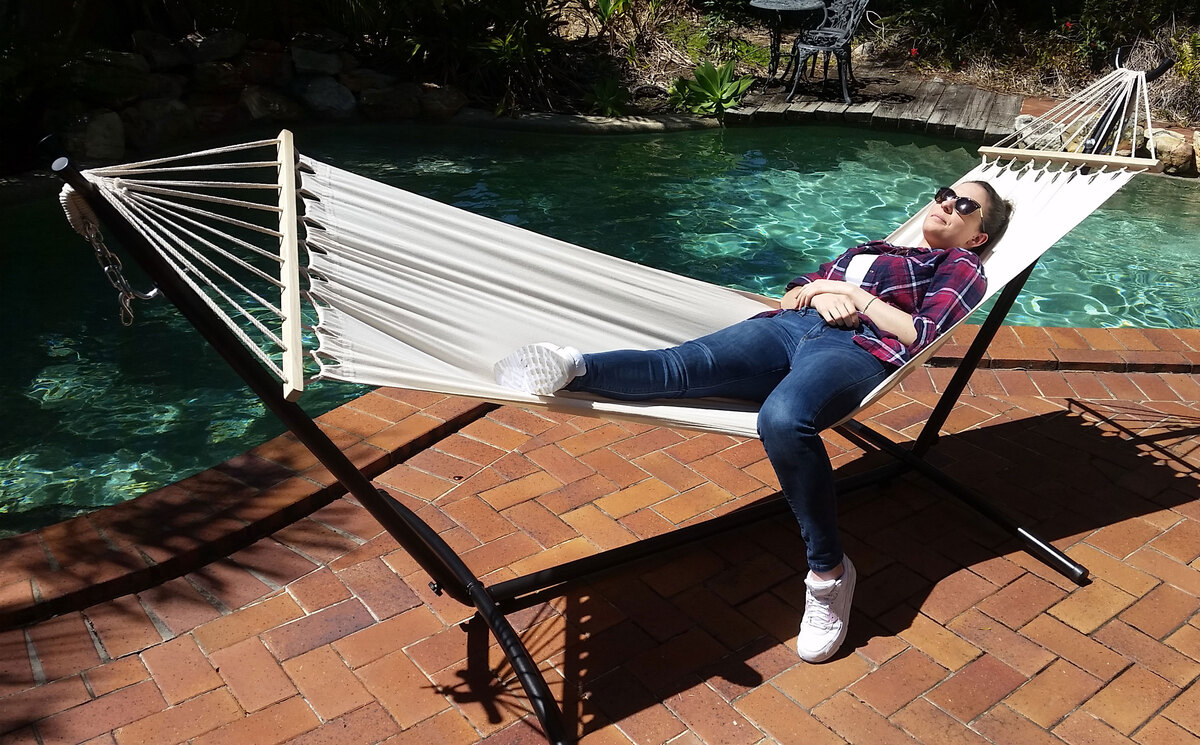
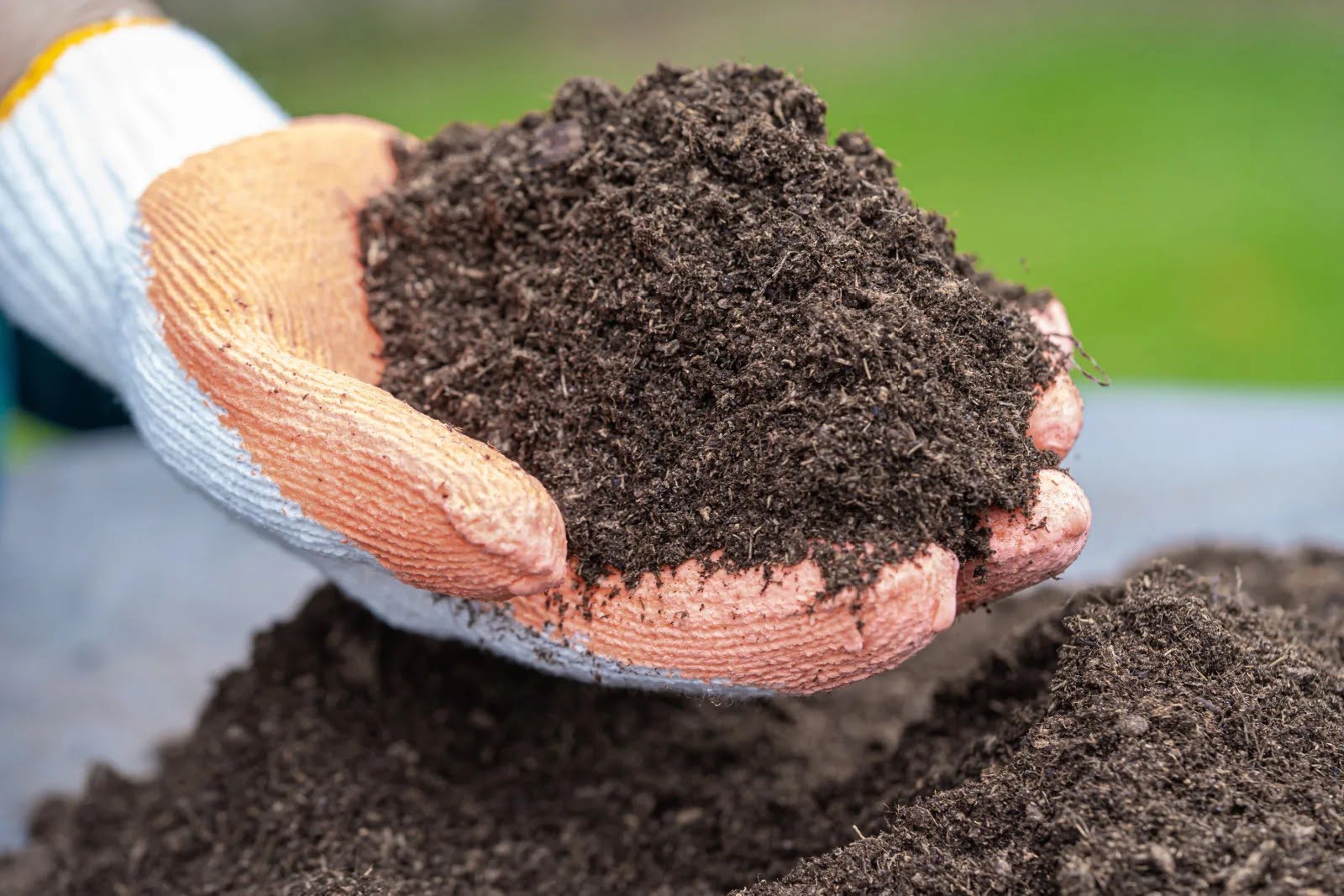
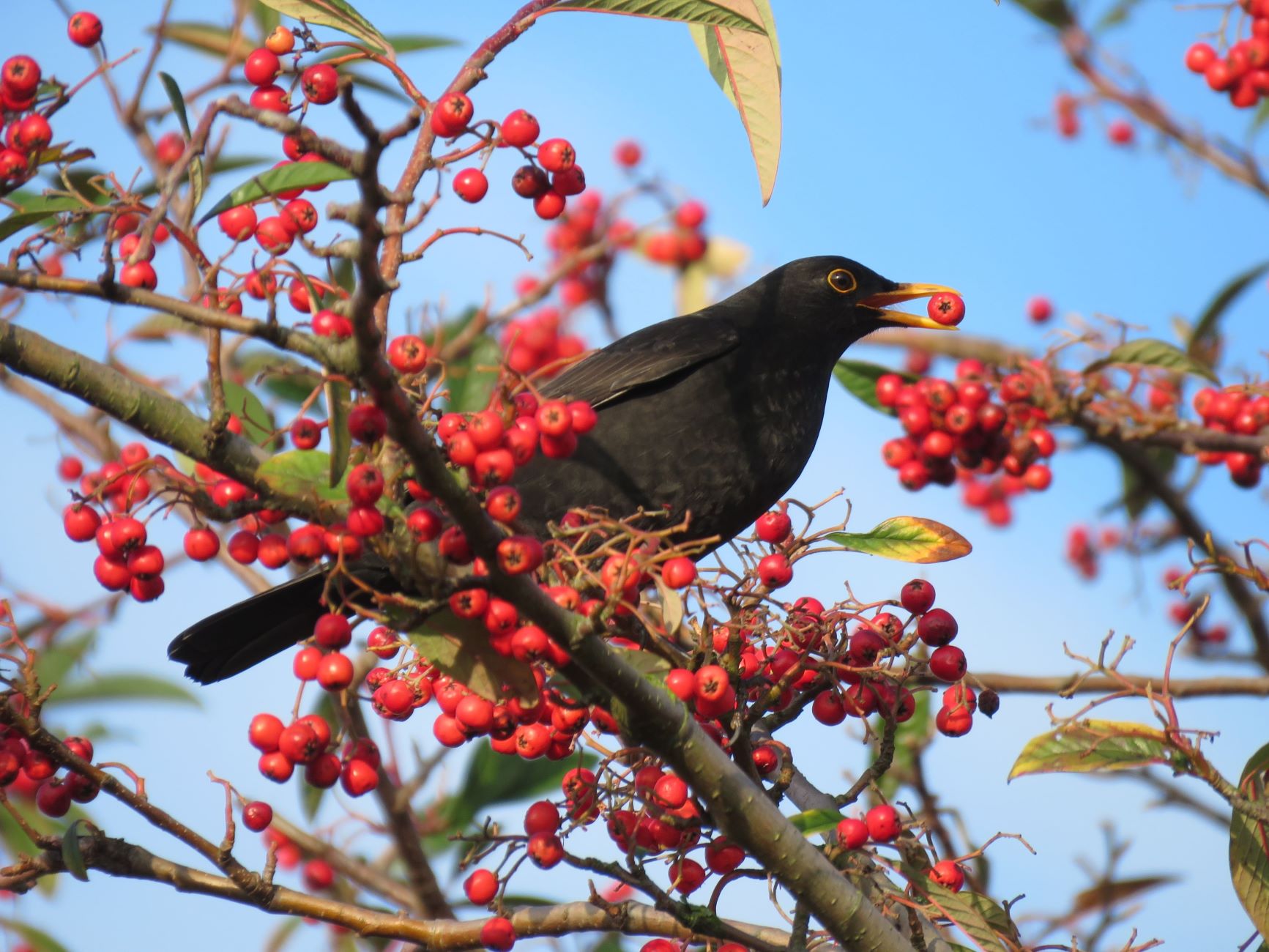

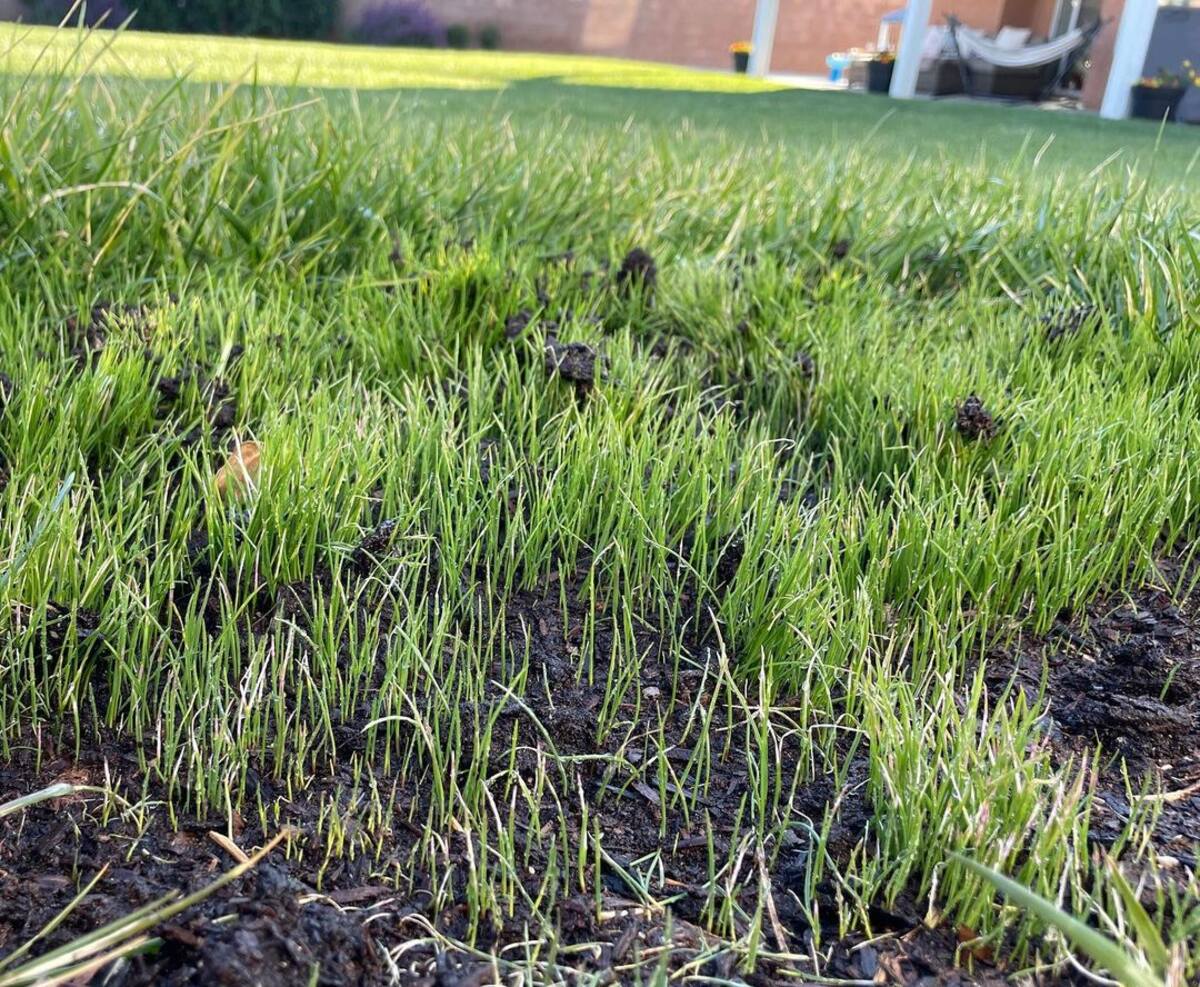

0 thoughts on “What Number Should My Seed Spreader Be Set At To Spread Wildflower Seeds”